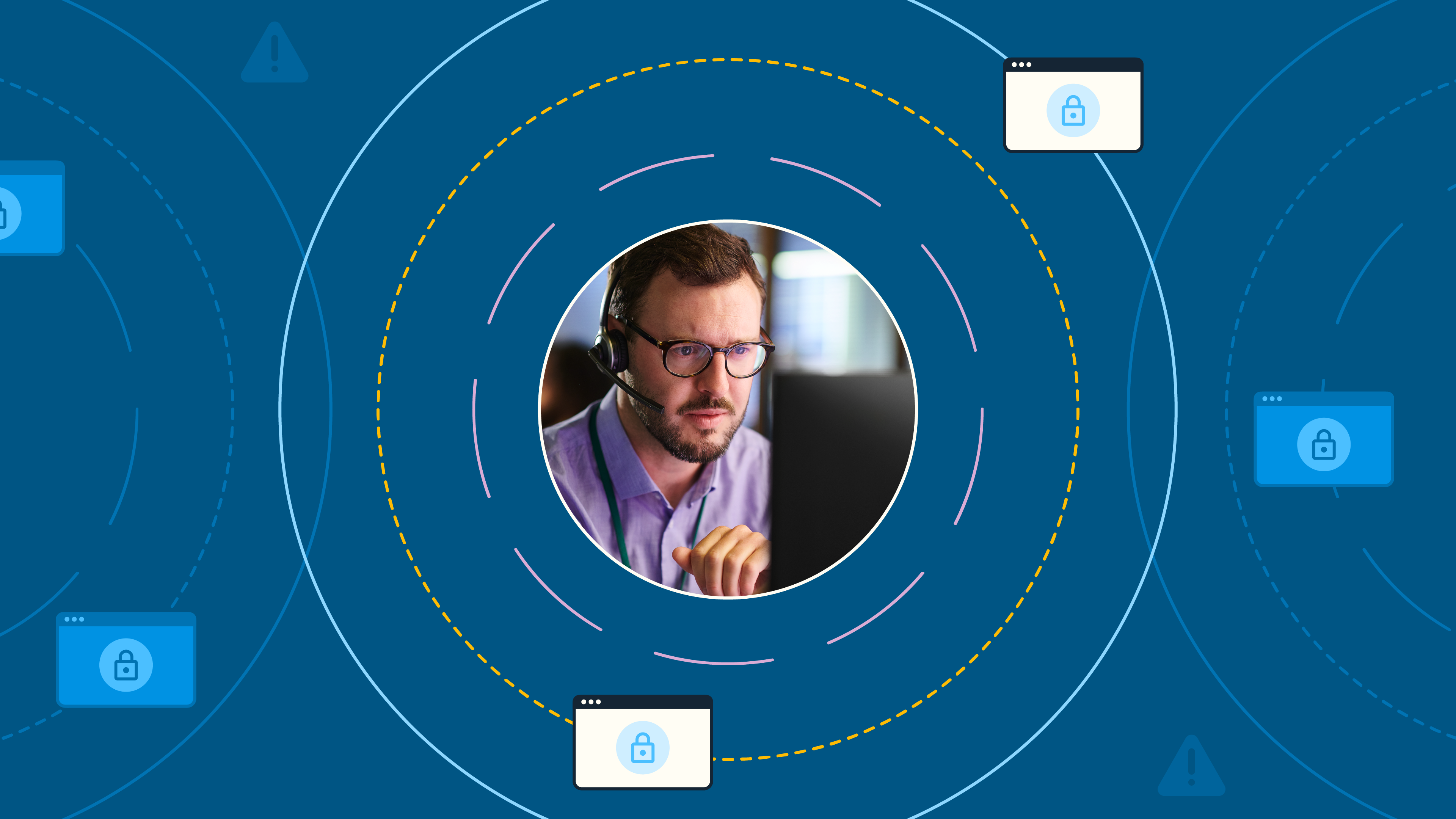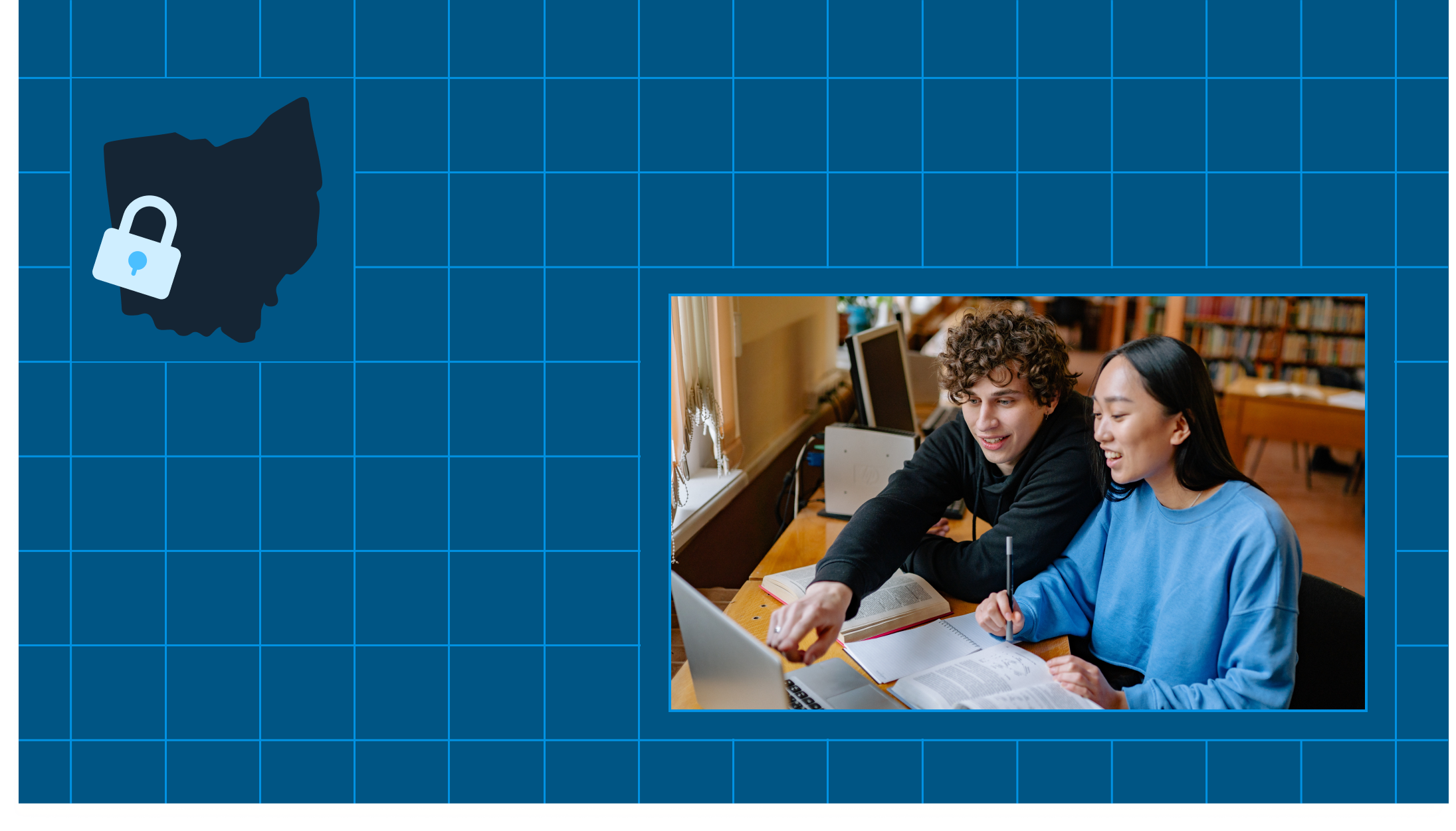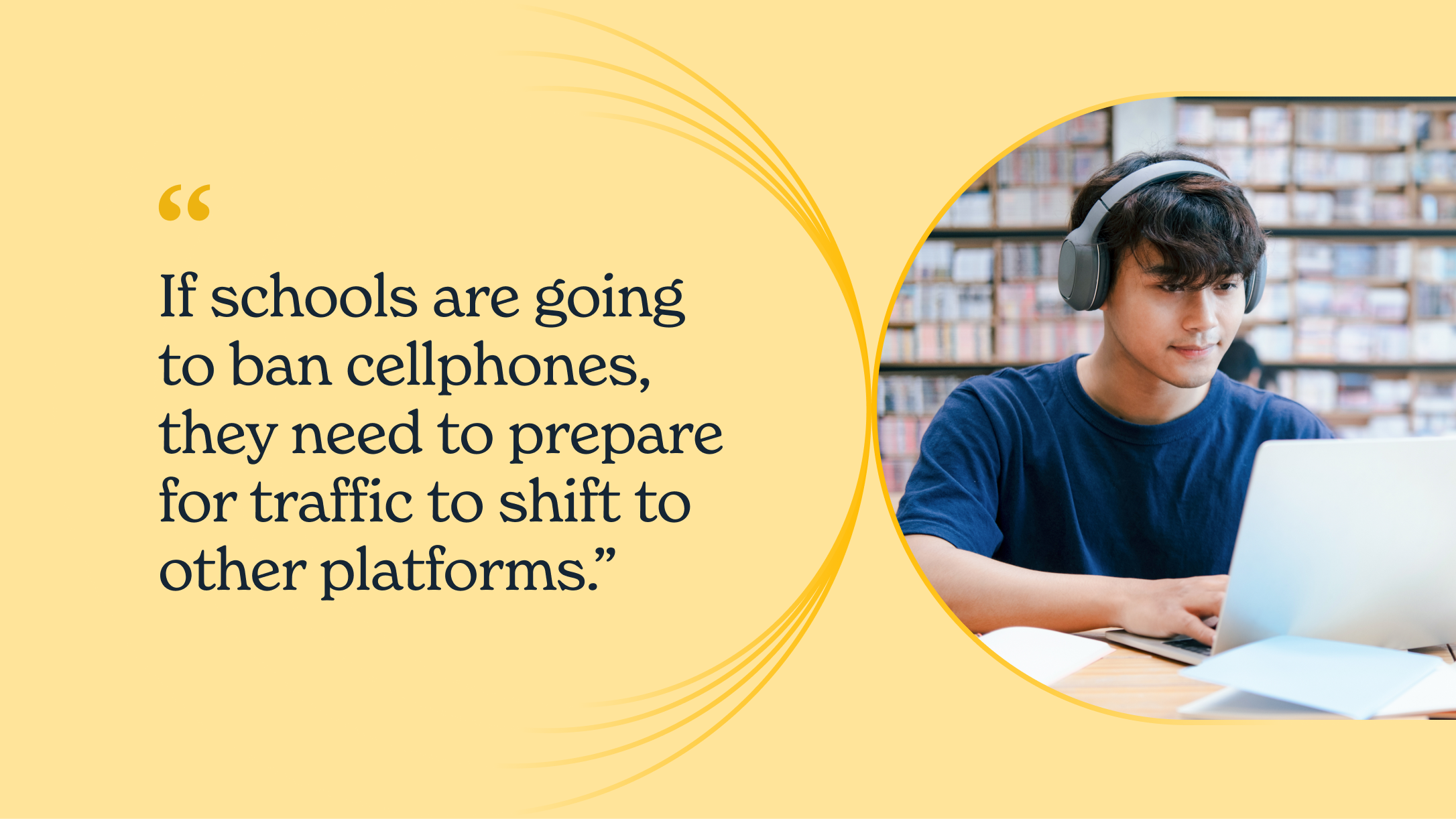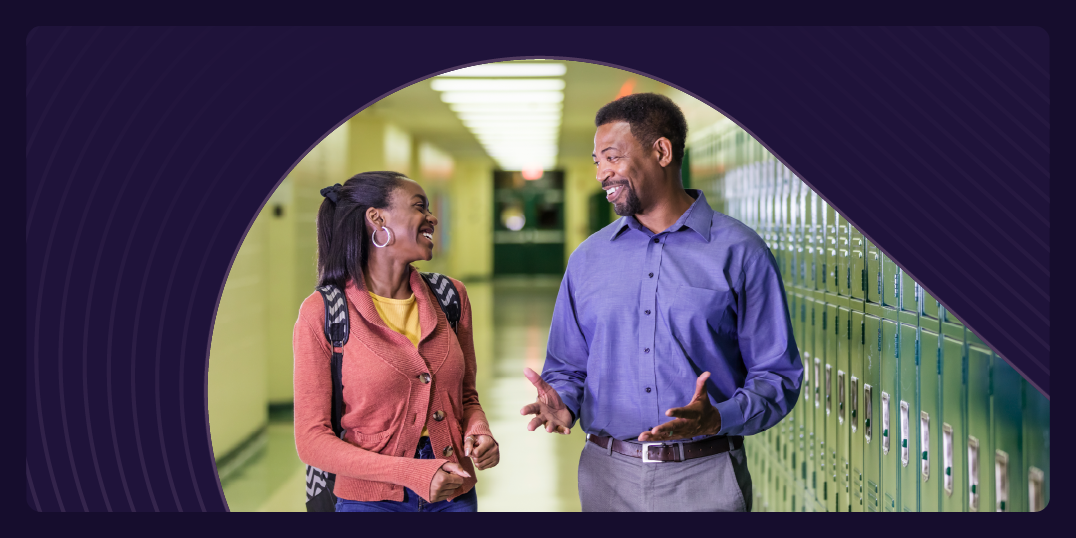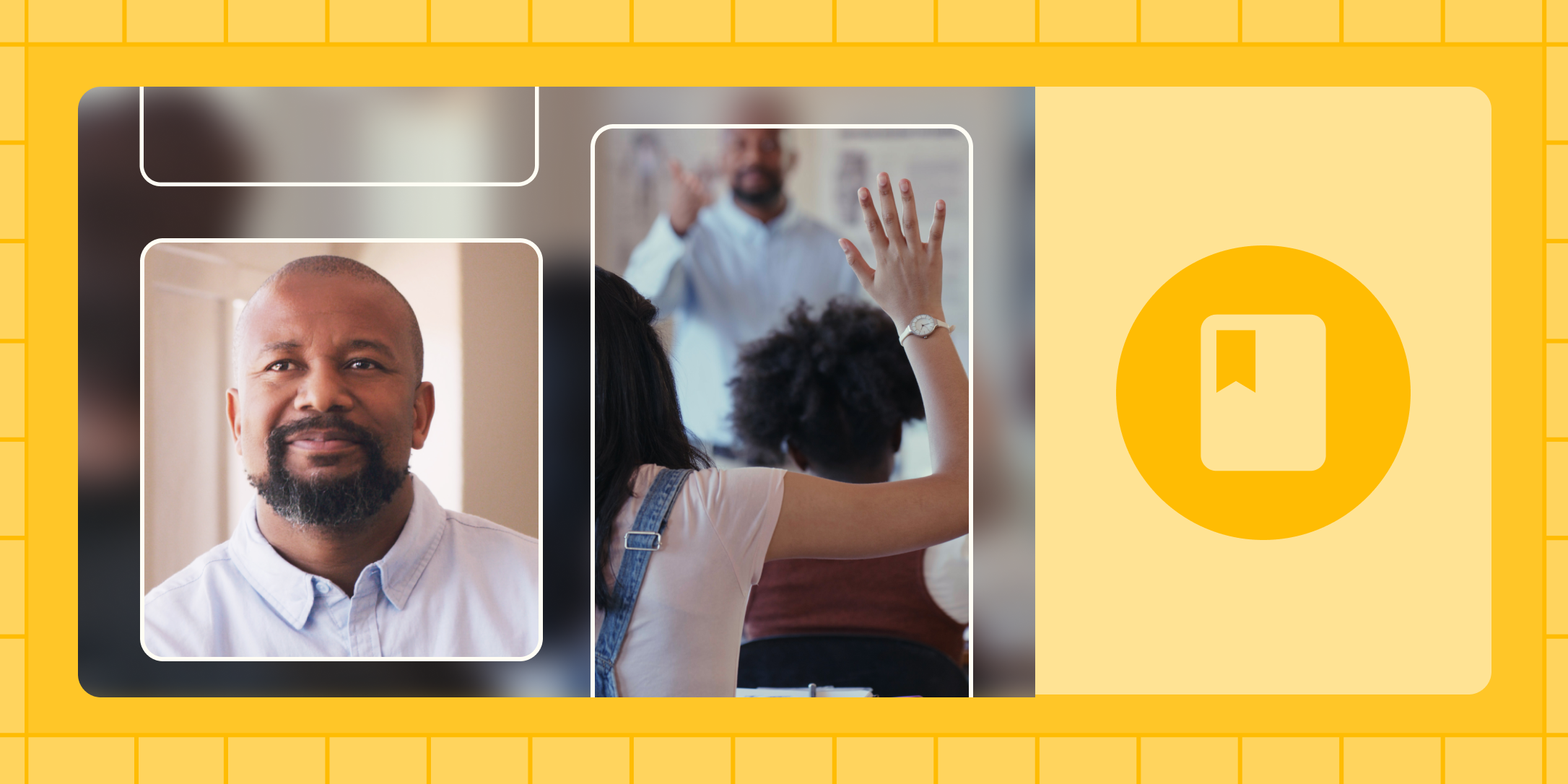
This piece was originally posted on Our Children, the national PTA's online magazine, and was written by Talmage Clubbs, the Director of School Counseling at Neosho School District.
Having been a school counselor for over eight years now, I know some people have misconceptions about what our role entails. The truth is, counselors wear a lot of different hats and are often stretched very thin. Whether it is supporting a child through a crisis, advising students on their academic goals or partnering with caregivers to resolve conflict, counselors always keep students’ best interests at heart.
As the 2023-24 school year gets underway, here are a few things I, as a counselor, wish all caregivers knew:
1. We want the best for your students, too
While our students aren’t our own children, we are always thinking about ways we can better support them or help them through their school years. Most counselors I know, including myself, have had several cases or situations that kept them up at night.
The work we do can be incredibly personal, and, because of that, we take our jobs seriously and we cherish the positive relationships we build with our students. At the end of the day, we also want to see your students succeed, both academically and personally.
2. Counselors advocate for more than just students
Our main responsibility as a counselor is of course to support students, but we often advocate for many others in the school setting. Sometimes it is supporting a teacher during discussions with caregivers, or perhaps advocating for caregivers to school administrators. Counselors often serve as unbiased mediators who can help resolve conflict and look at the bigger picture.
3. Student-counselor ratios still aren’t ideal
The American School Counselor Association (ASCA) recommends a student-to-school counselor ratio of 250:1, and national averages are currently 408:1. That means counselors are often spread very thin and are taking on higher caseloads than recommended. As a profession, we are urging districts and school organizations to embrace the ASCA national model so we can best serve your students.
4. We use every tool in our toolbox, including technology
Even in an ideal world where student-counselor ratios are where they should be, counselors still need to rely on a variety of resources to effectively support the student body. Student mental health is still a national crisis, and it is difficult to keep pace.
I have found that technology can be an incredibly effective solution for identifying which students need help or may be silently struggling. Our school uses GoGuardian Beacon, which allows me to move more quickly when it comes to addressing potential crisis situations or connecting with a student who is in urgent need of support. Tech tools, like Beacon, can also help keep track of important information that enables counselors to create data-driven, personalized support plans.
5. Subtle signs of mental health concerns are just as critical
A large portion of a school counselor’s work surrounds student mental health. In my experience, understanding the subtle signs of a mental health concern can be just as critical, if not more important, than the more overt and obvious signs.
Things like a student having sudden outbursts, fights at school, or a deeply depressed mood would catch most people’s attention. However, subtle signs like sleep or appetite changes, slow social withdrawal, or concerning internet or social media searches may go unnoticed. If your student exhibits these types of change in behavior, make note of this and bring this to the attention of your school’s counselor.
6. Supporting students is a true team effort
Students need a web of support from trusted adults, and that requires far more than just the school counselors. We work alongside teachers, school resource officers, sports coaches, tutors and, most important, parents and caregivers to ensure our students are being given the support they need to succeed.
So much happens when students leave the school walls, and we need caregivers to be our partner in flagging any potential concerns. Don’t be afraid to ask your students questions about their mental health or monitor any concerning behavior. As the popular saying goes, if you see something, say something. We are all in this together.
